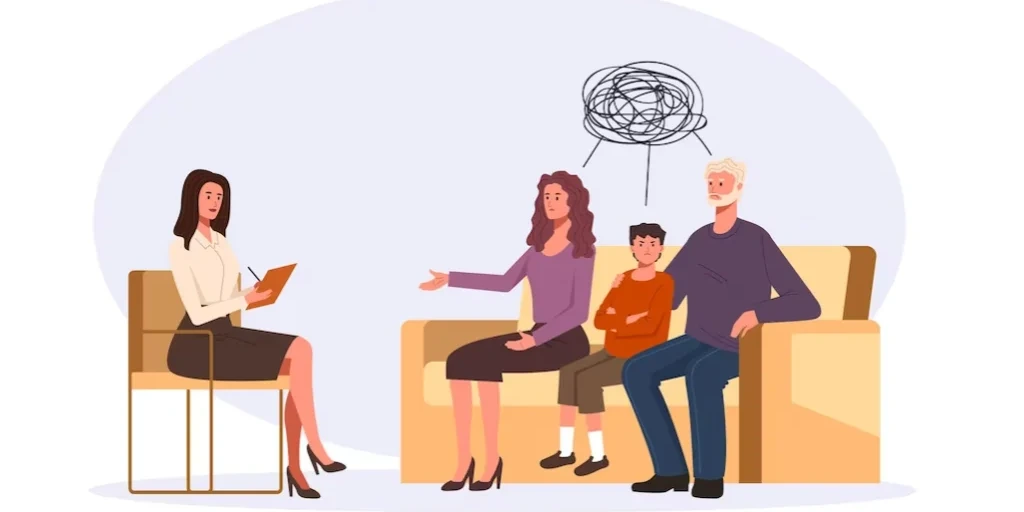24/7 Helpline:
(866) 899-111424/7 Helpline:
(866) 899-1114
Learn more about Eating Disorder Treatment centers in Tombstone

Other Insurance Options

Premera

CareFirst

UnitedHealth Group

BHS | Behavioral Health Systems

CareSource

Health Partners

Covered California

Private insurance

Choice Care Network

Ambetter

Absolute Total Care

Optum

Magellan Health

Highmark

BlueCross

Evernorth

Health Choice

Sutter

WellPoint

WellCare Health Plans








Renaissance House – Women’s Transition Project
Renaissance House – Women’s Transition Project is a private rehab located in Bisbee, Arizona. Renais...

Arizona Counseling and Treatment Services
Arizona Counseling and Treatment Services is a private rehab located in Benson, Arizona. Arizona Cou...

Community Health Associates
Community Health Associates, located in Bisbee, Arizona, offers alcohol and drug rehab services and ...

Arizona’s Children Association
Arizona's Children Association is the largest statewide comprehensive child welfare and behavioral h...

Arizona Counseling and Treatment Services
Arizona Counseling and Treatment Services is a private rehab located in Bisbee, Arizona. Arizona Cou...

Southeastern Arizona Behavioral Health Services
The non-profit addiction treatment center, Southeastern Arizona Behavioral Health Services, which sp...

Champ House Recovery
Champ House Recovery is a residential program for men located in Bowie, Maryland. Champ House Recove...

Outreach Dimensions
Outreach Dimensions is a private rehab located in Bowie, Maryland. Outreach Dimensions specializes i...


Community Bridges – Desert Sunrise
Community Bridges – Desert Sunrise is an alcohol and drug rehab located in Benson, Arizona that offe...

Alternative Counseling Services
Alternative Counseling Services is a private rehab located in Sierra Vista, Arizona. Alternative Cou...

In Balance Counseling
In Balance Counseling is a drug and alcohol rehab in Huachuca City, Arizona. They provide residentia...

Southeastern AZ Behavioral Health Services
Southeastern AZ Behavioral Health Services is a non-profit community rehab located in Sierra Vista, ...

Verhelst Recovery House
Located in Bisbee, Arizona, Verhelst Recovery House is a rehab center that has been focusing on prov...

Counseling and Treatment Services
Counseling and Treatment Services is a private rehab located in Sierra Vista, Arizona. Counseling an...

PSA Art Awakenings
PSA Art Awakenings is a psycho-social rehabilitation program that offers outpatient services for ind...

Volunteers of Amer Chesapeake – Prince of Wales Court
VOAC - Prince of Wales Court offers inpatient services for individuals with a mental health diagnosi...

VOAC – Prince Georges Mental Health
VOAC - Elm Avenue offers inpatient services for individuals with a mental health diagnosis. The prog...

AA – Alcoholics Anonymous
AA – Alcoholics Anonymous is a non-profit rehab located in Benson, North Carolina. AA – Alcoholics A...

Montague County Mental Health Center
Montague County Mental Health Center is a private rehab located in Bowie, Texas. Montague County Men...

Texas Panhandle Centers
Texas Panhandle Centers is a private rehab located in Hereford, Texas. Texas Panhandle Centers speci...























































































































